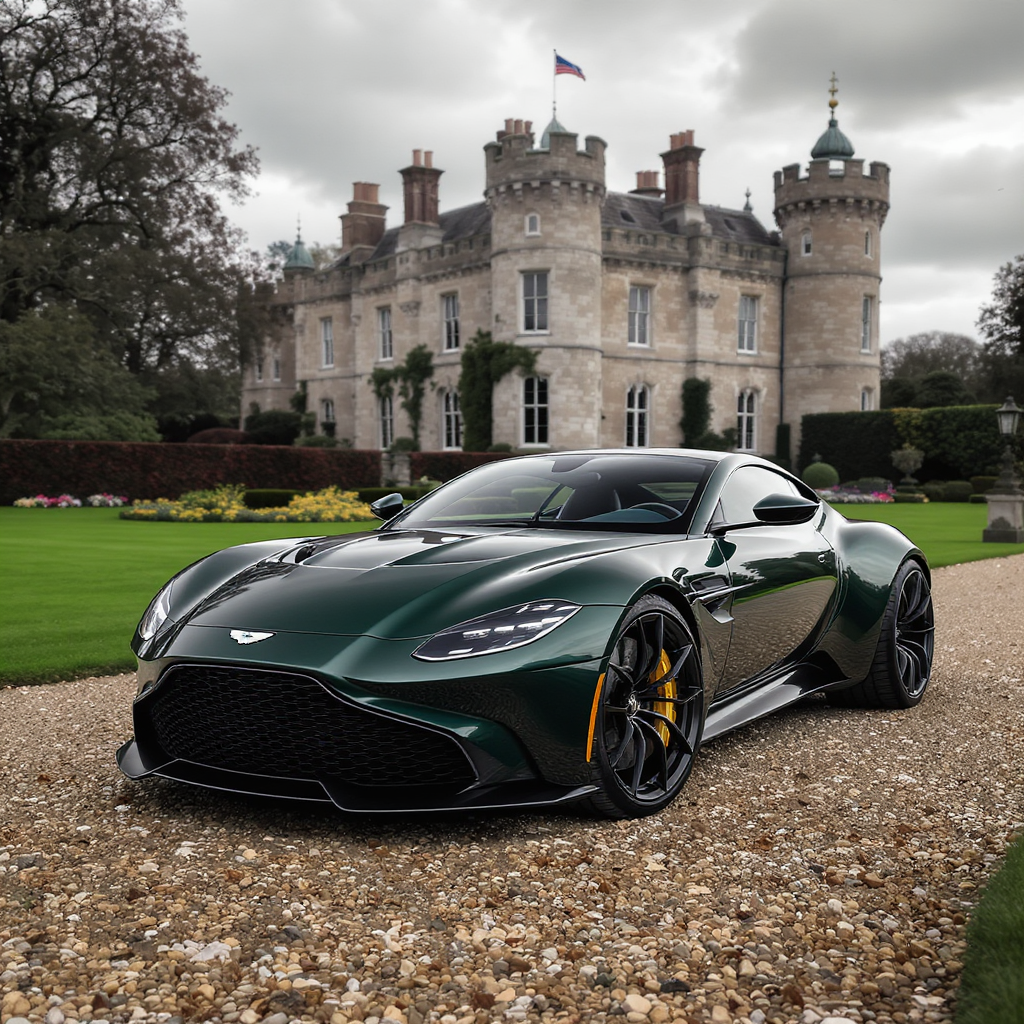
Endurance racing is welcoming fresh commercial energy this season even as teams wrestle with rising costs and a crowded top class. Series and event partners are expanding—Qatar Airways fronted the WEC curtain-raiser, Bapco Energies remains on Bahrain’s finale, and long‑standing backers like Rolex, Michelin, and TotalEnergies anchor the calendar—while IMSA’s hallmark races keep strong title deals from Motul at Petit Le Mans to Sahlen’s at Watkins Glen. At team level, consumer-facing brands remain visible on hypercars and GT3 machinery, but privateers still face a stiffer climb. The result is a paddock that’s commercially vibrant yet financially vigilant.
On the series side, sponsorships have stayed robust this year. The WEC opener in Qatar again benefited from airline backing, while the Bahrain closer continues its energy-sector partnership under the Bapco Energies banner. Enduring blue-chip support from Rolex as timekeeper, Michelin as sole tire supplier, and TotalEnergies as energy partner has given promoters confidence to plan long-term. In North America, IMSA’s marquee naming rights remain healthy, with Motul tied to Road Atlanta’s season finale and Sahlen’s continuing at Watkins Glen, joined by event partnerships like TireRack.com at Indianapolis.
Team liveries reflect a similar mix of stability and fresh money. Hertz Team JOTA continues to showcase a mainstream consumer brand on a WEC hypercar, while Porsche Penske Motorsport’s roster of TAG Heuer, Mobil 1, and technology partners underlines the factory-led model. Toyota Gazoo Racing’s deep supplier backing from Denso and Aisin remains a template for manufacturer ecosystems, as Ferrari’s 499P keeps high-end partners such as Santander and Richard Mille in the frame. In IMSA, Whelen Engineering’s long-running title backing of Action Express illustrates how cornerstone sponsors still underpin prototype budgets.
Economic headwinds are never far from the garage door. Freight and travel costs have eased from pandemic peaks but remain elevated this season, forcing tighter parts inventories and more conservative test mileage, especially on flyaway WEC rounds like Fuji and São Paulo. The hybrid era in IMSA GTP and the arms race in WEC Hypercar keep spares and simulation costs high, so privateers lean harder on B2B hospitality and data-driven activation to justify spend. The LMGT3 switch lowered barriers versus the old GTE rules, but it also intensified competition for manufacturer-affiliated seats and condensed sponsor visibility in a larger, evenly matched field.
There have been structural shifts, too, with budgets redirected after WEC dropped full-season LMP2 last year, pushing many pro-am squads toward ELMS or IMSA to preserve sponsor value. Meanwhile, customer hypercar ambitions hinge on guaranteed entries and predictable cost books, issues teams say they are negotiating now ahead of next June’s Le Mans. Brands linked to mobility, energy transition, fintech, and premium lifestyle continue to trickle in, drawn by global reach and 24-hour storytelling. The outlook is cautiously optimistic: the grids are full and the boards are buying in, but every new sticker arrives with a spreadsheet, and the smartest teams are treating activation as seriously as outright pace.








